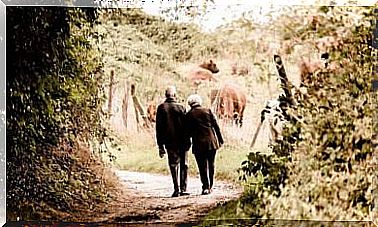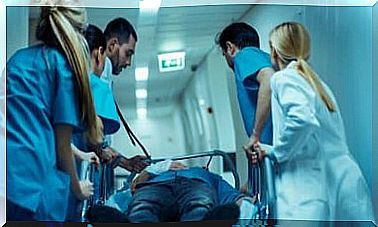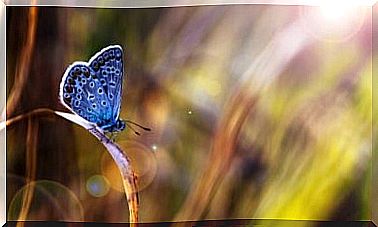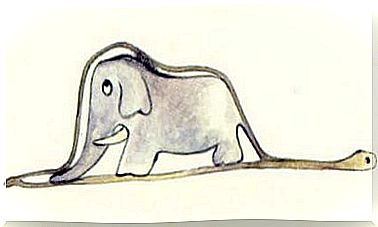Ronald David Laing: New Treatment For Schizophrenia
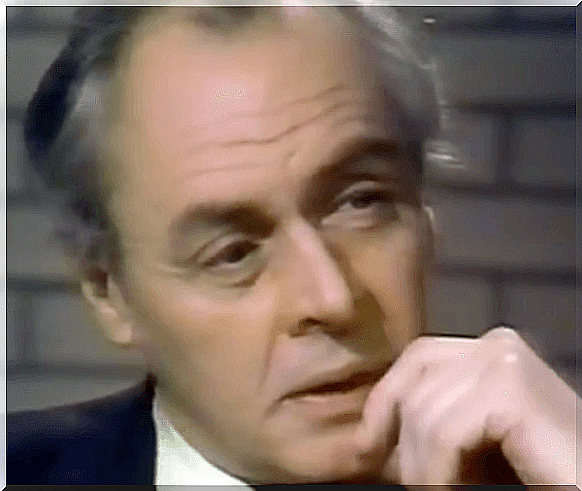
Ronald David Laing was a British psychiatrist known for his alternative method of treating schizophrenia. He was also the founder of a movement that would later be called antipsychiatry in the 60s and 70s.
Like many other British psychologists and social scientists, Laing worked and conducted research at the famous Tavistock Clinic in London.
Many years later, he joined the research team at the Tavistock Institute. The institute made sure that he had more than enough money to carry out his important studies.
Ronald David Laing focused primarily on studying schizophrenia and the treatment environment for schizophrenia patients.
Laing suggested that they act differently based on the environment they were in. Continue reading to learn more about Ronald David Laing’s life and important work.

Ronald David Laing: Childhood
Laing was born on October 7, 1927 in the Govanhill district of Glasgow, Scotland. He came from a working class family and was the only child of David McNair Laing and Amelia Laing.
Until 1945 he attended the Hutcheson School – a primary school for boys in Glasgow where he excelled as an exceptionally good student and musician.
He graduated from the Royal Academy of Music in 1944 and began attending the Royal College of Music in April 1945.
During his time at that school, he was an avid philosophy student. Some of the authors he thought were the most interesting were Freud, Marx, Nietzsche and especially Kierkegaard.
He later began studying medicine and psychiatry and received his medical degree from the University of Glasgow in 1951.
Ronald David Laing makes his first experiment in schizophrenia
Between 1951 and 1953, he did military service and served as a psychiatrist in the Royal Army Medical Corps.
They sent him to the British Army Psychiatric Unit in Netley (near Southampton) and later to the Military Hospital in Catterick, Yorkshire.
Towards the end of 1953 he left the army and began teaching at the University of Glasgow. During this time he went to Gartnavel Royal Hospital to complete his education as a psychiatrist.
At this hospital, he tried to try an experimental treatment environment: the “playroom”, where schizophrenia patients could have fun and relax.
Both staff and patients wore ordinary clothes and let the patients spend time doing things like cooking and artistic activities.
These daily activities were designed to provide patients with an environment where they could interact with staff and other patients in a social setting, rather than an institutional setting.
All his patients improved after this new treatment. In January 1956, Laing received his certification as a psychiatrist.
Laing’s professional life
In late 1956, Ronald David Laing was awarded the title of Senior Registrar at the Tavistock Clinic in London. He did research there until 1960.
Doctors at the Tavistock Clinic studied mainly patients from the English navy. Their main goal was to identify the marks and scars that war could leave on people.
The Tavistock Institute did not come far behind, as a non-governmental, non-profit organization.
The Rockefeller Foundation founded the Tavistock Institute, which would conduct research in the social sciences and psychology with a focus on education, research and professional development.
Ronald David Laing worked at the institute for almost 30 years. At the same time, he also received a certification as a psychoanalyst from the Institute of Psychoanalysis.
In 1958 he began new research. This would give rise to his book, Sanity, Madness and the Family , which was published in 1964.
He also conducted a series of seminars involving a wide range of people. Some of these would become important partners. Among them were Aaron Esterson and David Cooper.
Laing’s work and recognition
His book The Divided Self was published in 1960. It received positive reviews, although the sales did not match the enthusiasm of the critics. Not long after that, his book Self and Others (1961) was published.
Laing received his psychoanalysis certification and set up a private practice in London. He started experimenting with drugs, especially LSD. In 1962 he was appointed head of the Langham Clinic in London.
From that point on, he began to gain more and more popularity. In the following years he wrote many of the articles that later made his way into the book The Politics of Experience / The Bird of Paradise .
He also published Reason and Violence , along with David Cooper, another researcher at the Tavistock Institute.
The Kingsley Hall project
He started the Kingsley Hall project in 1965 with Aaron Esterson, David Cooper and other researchers of the time. The project lasted until 1970.
The Kingsley Hall project involved the creation of an experimental, non-hierarchical community where schizophrenia patients could work on their psychosis without medication, electroconvulsive therapy or surgery, ie lobotomy.
The inspiration came from Laing’s work with the “playroom” and experiences from his partners. Other projects, such as Cooper’s Villa 21, were fundamental to Kingsley Hall.
In Cooper’s project, they created a community for patients with schizophrenia without differences between staff and patients. Their relationships were socially based.
Thanks to the success of Kingsley Hall, Laing toured the United States.
As a result, he came into contact with many other well-known psychoanalysts. In 1967 he participated in the Dialectics of Liberation Congress, which wanted to unite left-wing politics and psychoanalysis.
There he gave a speech called “The Obvious”, which would become an anthology of speeches at the Congress.
Privacy
In 1952, he married his girlfriend Anne Hearne. That same year, they had their first daughter, Fiona. They had four more children after that: Susan, Karen, Paul and Adrian.
Ronald David Laing later separated from Anne and subsequently married Jutta Werner. They had three children together. He also had two more children after that, with two other women.
After the Kingsley Hall project ended in 1971, Ronald David Laing decided it would be the perfect time to take a sabbatical year. He decided to go to Sri Lanka and India.
During his journey, he began to practice meditation within the Theravada tradition of Buddhism.
Due to his trip, he closed his private practice. It was this practice that he performed LSD therapy on during the 1960s.
It is not clear if he resumed his work on LSD therapies again or not after returning from India.
On August 23, 1989, Ronald David Laing died while playing tennis. According to medical reports, he had had a heart attack.

The legacy of Ronald David Laing
For much of his career, Ronald David Laing became interested in the underlying causes of schizophrenia.
He also stood in clear opposition to the prevailing treatments for treating schizophrenia patients at the time.
He tried to find alternatives to hospitalization and electroconvulsive therapy that were so common then.
Laing had theories that ontological uncertainty (uncertainty about your existence) triggers a defensive reaction. This reaction could then cause a person’s self to become fragmented into separate parts.
Which in turn could lead to the psychotic characteristics of schizophrenia.
Ronald David Laing told in his book, Sanity, Madness and the Family , about a number of patients and their mental illnesses. He felt that their relationships with their families, at least in part, had provoked their schizophrenia.
That idea caused a great deal of controversy at the time. Although his initial views on schizophrenia were quite controversial, he won with some of his ideas in recent times.
Overall, Ronald David Laing was a pioneer in the treatment of schizophrenia and helped to humanize how we see and treat them.



